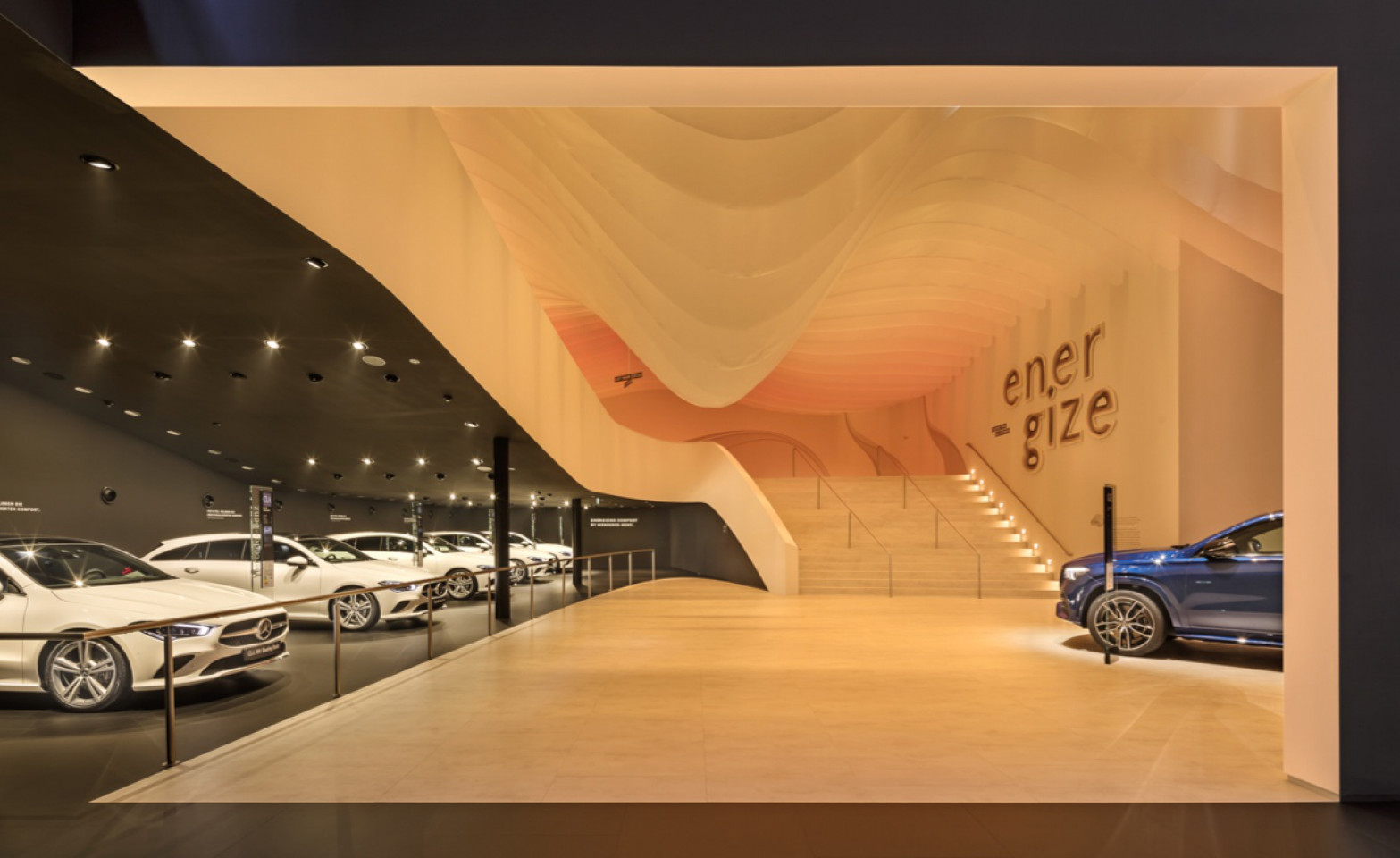A contemporary lighting design arranges the light according to design criteria (it orients it according to the respective use), and considers the investment costs to the same extent as the costs for the operation of the lighting system. The criteria of our lighting design in the planning concept are subject to the central basic functions of lighting:
Light for seeing = basic light/general light.
Light for looking = accent/zone lighting
Light to look at = staging light (light as object)
Function, aesthetics, efficiency and economy
Our goal is to achieve an optimal result in terms of functional and aesthetic requirements – while keeping energy and maintenance costs low. In this way, daylight can often be incorporated into the lighting design, and rooms can be supplied with light according to the physiological requirements of the users.
As soon as daylight is sufficient, parts of the artificial lighting are automatically reduced; in the case of multiple use, they are controlled "scenically". After all, the working seminar lasting several hours needs a different lighting situation than the evening reception, the presentation a different light than the conference.
In such cases, we create the conditions for intelligent lighting control.










